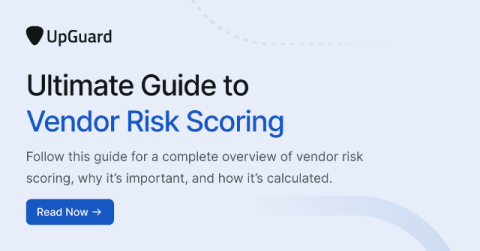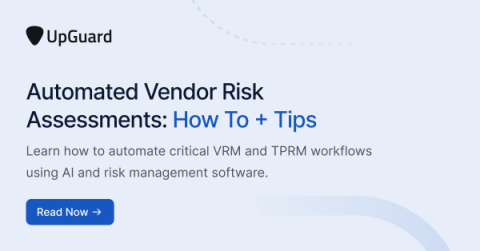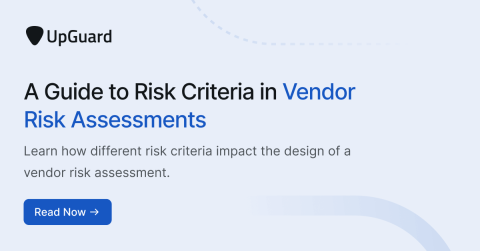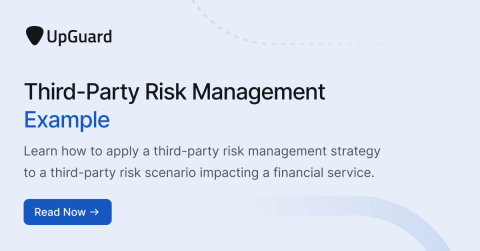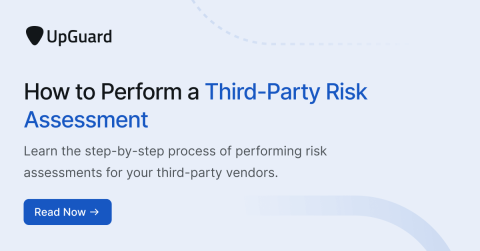Ultimate Guide to Vendor Risk Scoring
Vendor risk scoring is a critical component within vendor risk management (VRM) or third-party risk management (TPRM) programs and an organization’s overall risk management strategy. Risk scoring is an integral tool in the risk assessment process, helping organizations identify, evaluate, and mitigate potential risks associated with third-party vendors or service providers.


